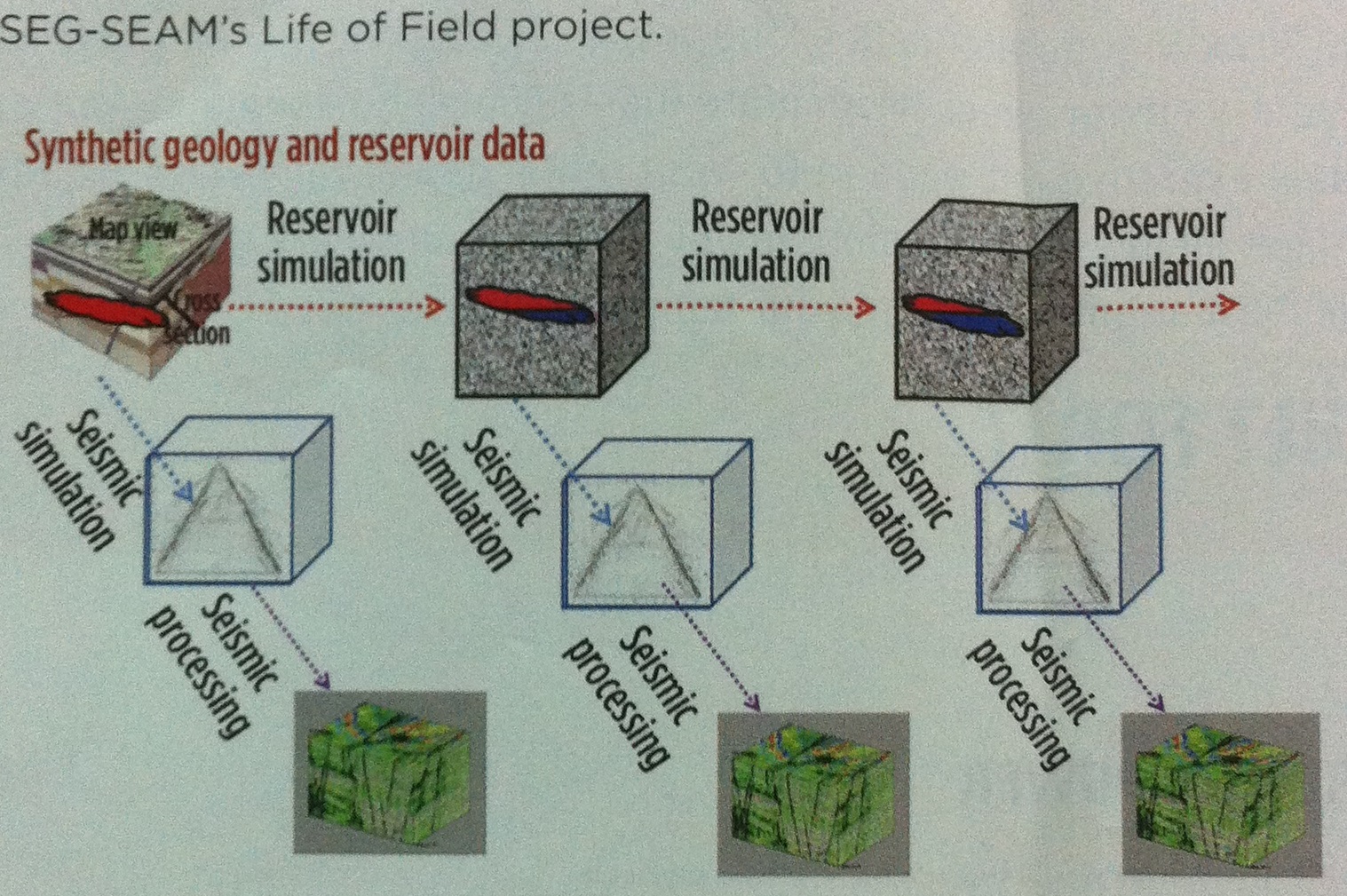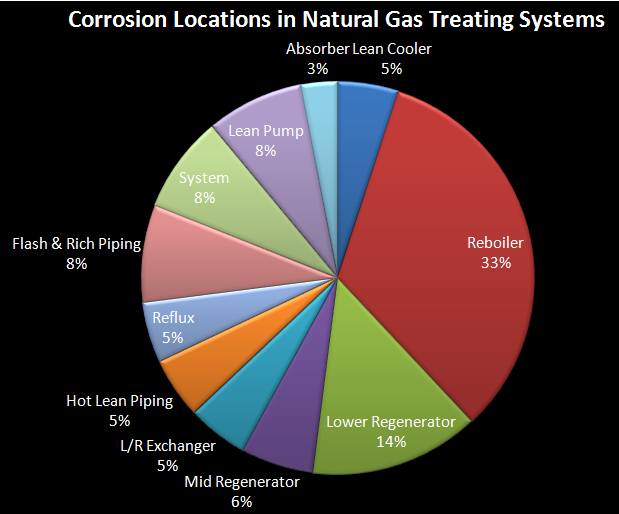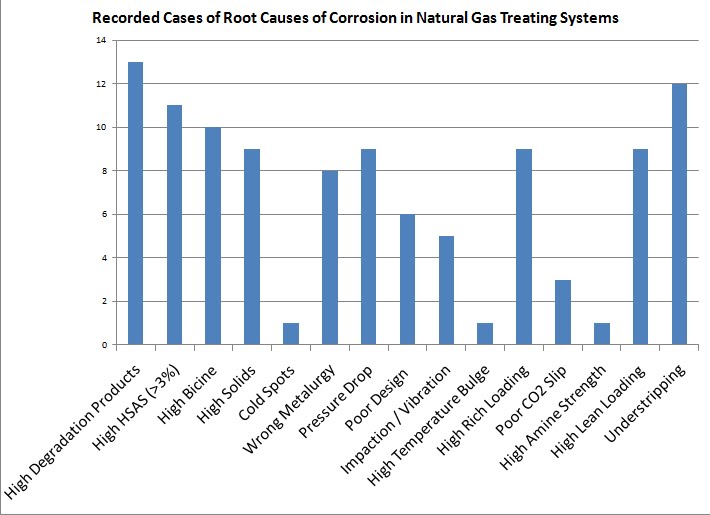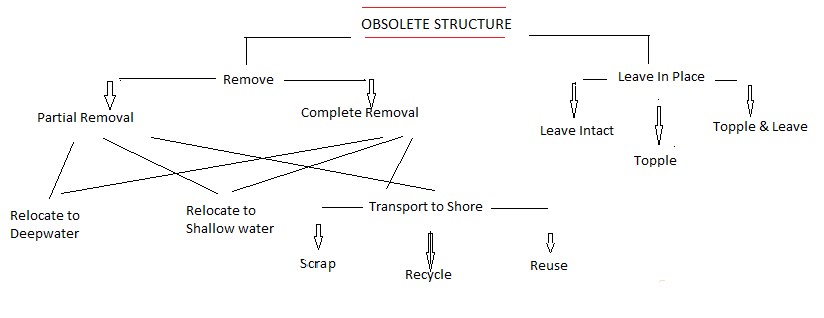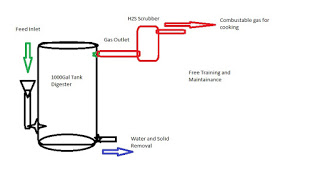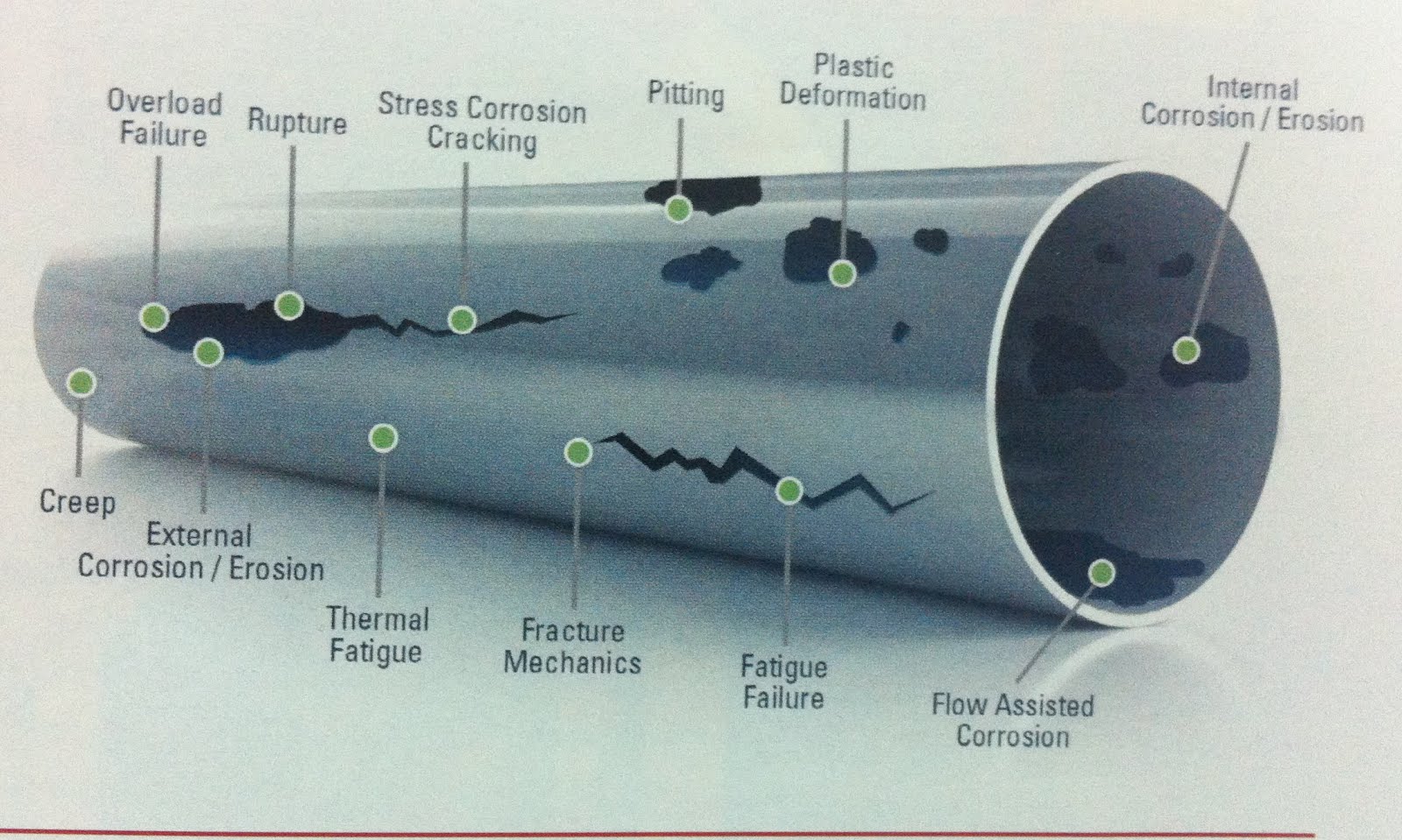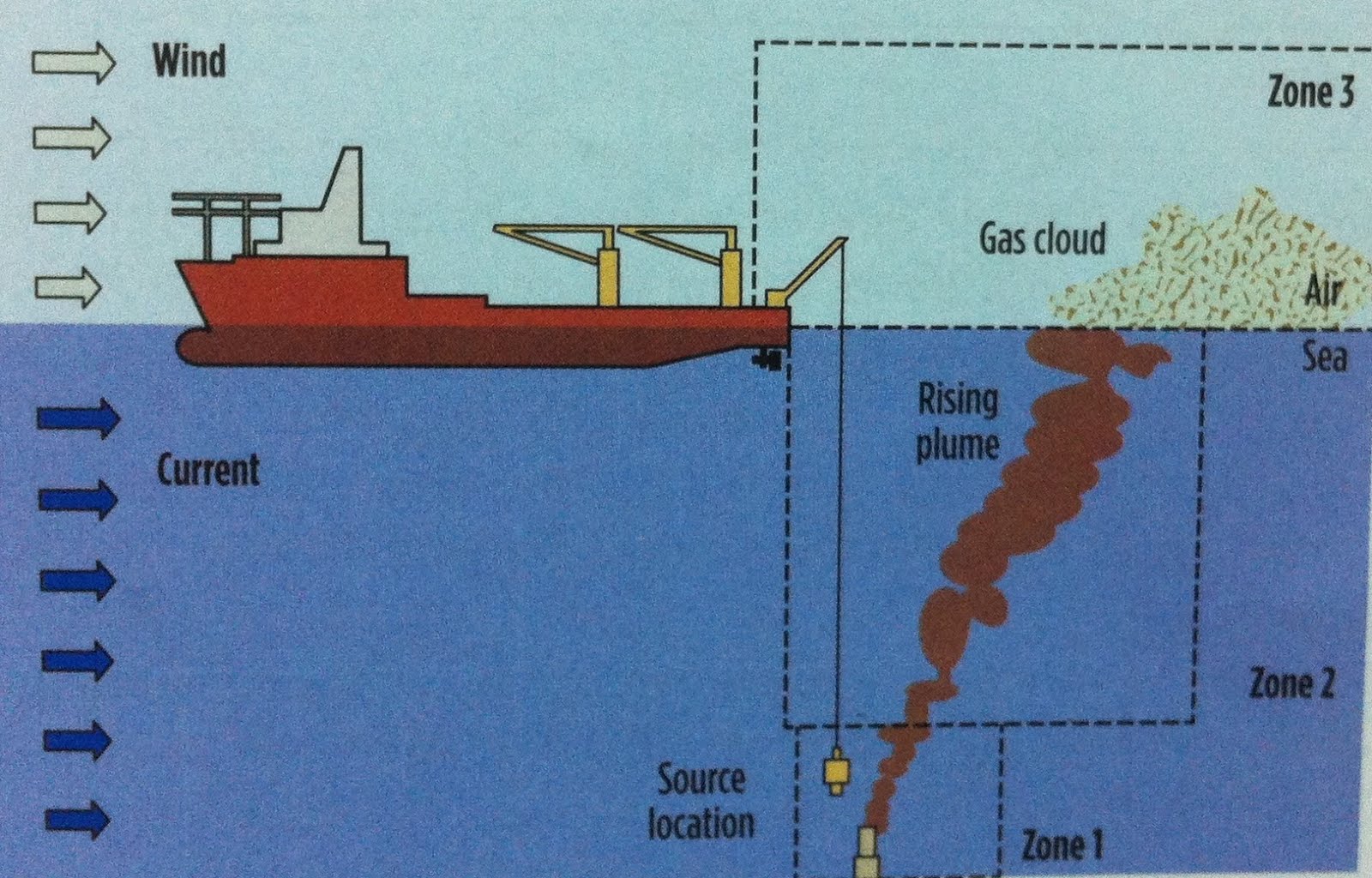Webcast: Anadarko's decommissioning of the first-ever cell spar in the Gulf of Mexico
NEW WEBCAST REGISTER NOW!
Anadarko's decommissioning of the first-ever cell spar in the Gulf of Mexico
Premieres LIVE: August 26, 2015
Free to attend. Register Today
The Red Hawk spar made history throughout its design life, commissioned and decommissioned as the first of its kind. Heralded as the first cell spar ever built, it remains the lone cell spar ever fabricated just slightly 10 years after its inception. Decommissioned in September 2014, it then earned distinction of being the deepest floating production unit to be retired in the Gulf of Mexico.
Register Now!


What You'll Learn:
Register Today!
- Operator Anadarko's strategy behind decommissioning the first-ever cell spar in the Gulf of Mexico
- The design elements behind a historic first for the industry
- Why Anadarko decided to reef the cell spar as a marine life habitat, along with how the company collaborated with government authorities
- Anadarko's strategy behind decommissioning and topside lift operations, which were held during hurricane season in the Gulf of Mexico



Who Should Attend:
- Operations managers and engineers
- Topsides engineers and managers
- Topsides contractors and original equipment manufacturers
- Professionals and engineers associated with decommissioning activities
- Project and engineering managers
- Production managers and engineers
- Subsea engineers
- Subsea contractors
- Facilities and process engineers
- Naval architects and marine engineers
- Engineering procurement & construction (EPC) professionals
- Other industry professionals interested in keeping up to date with the latest advances in offshore oil and gas floating production systems
Need More Details? Register NowRegister Now
When:
August 26, 2015
Time:
10:00 AM EDT
9:00 AM CDT
7:00 AM PDT
2:00 PM GMT
Click Here to Register
Registration Rates:
Free to attend.
NEW! All live and on demand webcasts are now available on any mobile device including iPads, tablets and phones!

Presenter: Ryan Kavanagh, Facilities Engineer and Project Manager, Anadarko Petroleum Corporation
Click Here to Register
SPONSORED BY: PRODUCED BY: 


Search This Blog
The University of Trinidad and Tobago
World Oil Latest News
Tracking Info Google Analytics
Anadarko’s decommissioning of the first-ever cell spar in the Gulf of Mexico
Subscribe to:
Posts (Atom)
Heavy Oil
The Western Hemisphere possesses 69 percent of the world's technically recoverable heavy oil and 82 percent of the technically recoverable natural bitumen. In contrast, the Eastern Hemisphere possesses about 85 percent of the world's light oil reserves. Heavy oil and natural bitumen are present worldwide. The largest extra-heavy oil accumulation is the Venezuelan Orinoco heavy-oil belt containing 90 percent of the world's extra-heavy oil when measured on an in-place basis. Eighty-one percent of the world's known recoverable bitumen is located in the Alberta, Canada accumulation. Together the two deposits contain about 3,600 billion barrels of oil in place.
Plasma Gasifying waste technology
Research Link Lists
Today in Energy
Oil and Gas IQ | Upstream & Downstream Oil and Gas Industry News & Information
Coal
A black or brown rock that can be ignited or burned. When coal burns it produces energy as heat. This heat is mainly used to produce electricity. An increase in the use of coal could lead to a reduction in the need for non-renewable resources ; oil and gas. Coal has developed from the remains of plants that died 400million to 1million years ago. It is referred to as fossil fuel. Coal forming plants probably grew in swamps. No reliable estimates exist for the total amount of coal that lies beneath the earth's surface.
Oil and Gas Trinidad GDP
Oil and gas operations account for at least 40% of Trindad and Tobago's GDP.
Organic material deposited by the Orinoco Delta movement millions of years ago feeds the demand of the public.
Organic material deposited by the Orinoco Delta movement millions of years ago feeds the demand of the public.
Blog Archive
https://www.dnvgl.com/careers/join-us/index.html
EMAdz

Featured Post
Buy Google Adwords Voucher | Google Ads Coupon | Adwords Voucher 2019
Buy Google Ads Coupon 2019 | Buy Google Adwords Coupon Call +91-8586875020 We also offer Adwords Coupon and Bing Coupon to start your ads...
Global Risk Insights
Latin America & Caribbean: Opportunities for All
Caricom TV
http://ww38.today.caricom.com/feed



